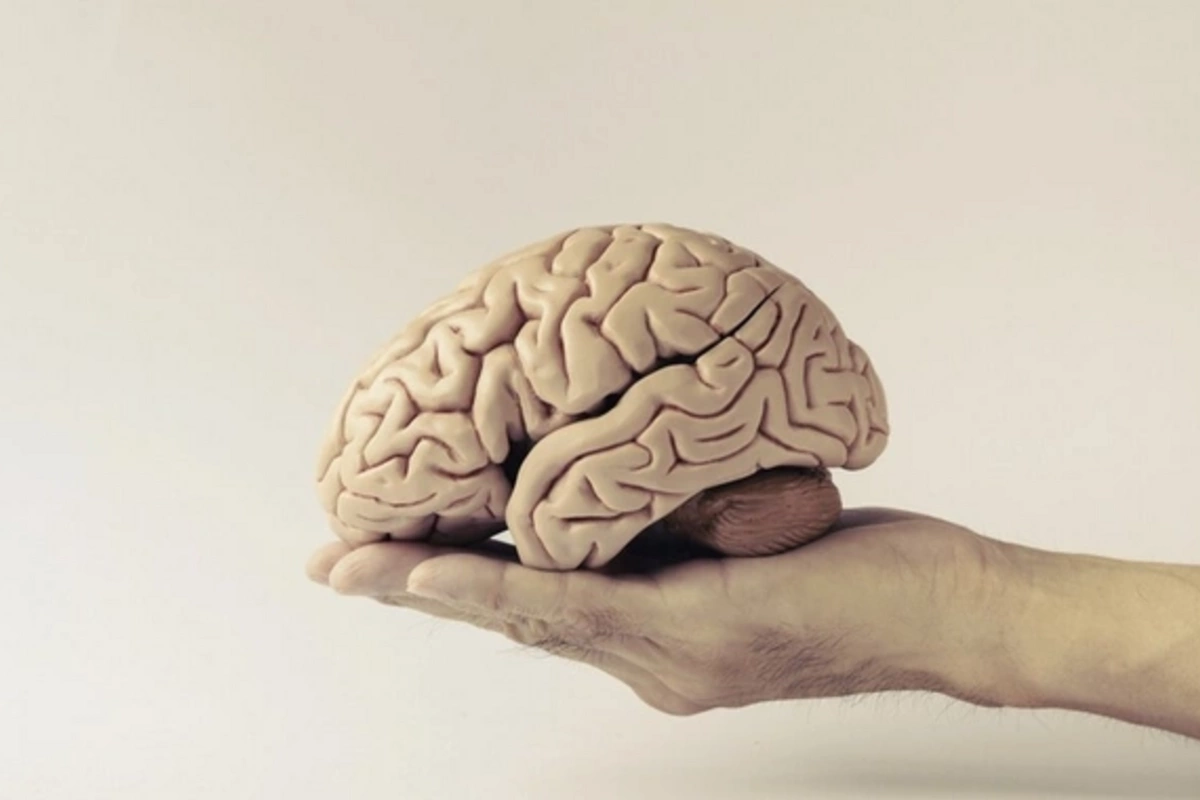13 May , 13:36
0

MIT scientists debunked the myth of the "logical left" and "creative right" brain hemispheres. A study published in the journal Neuropsychologia showed that each hemisphere does indeed process the opposite side of the visual field.
"Talk about someone having a dominant right or left hemisphere has no scientific basis. You think with your whole brain," emphasizes Professor Earl K. Miller, one of the study's authors.
Nevertheless, when perceiving visual stimuli, neurons activate asymmetrically: the left part of the brain is responsible for the right side of vision, and the right part for the left. This division, according to Miller, helps avoid "blind spots" and increases the efficiency of perception.
Although it was traditionally believed that information merges into a unified picture at the prefrontal cortex level, scientists discovered that even there, a bias toward the "contralateral" hemisphere—opposite to the visual signal source—persists. This is confirmed by measurements of brain activity: gamma-range waves intensify in the hemisphere that processes the corresponding part of the visual field.
Previous studies have also shown that people and animals better remember objects when they are distributed between sides of the visual field, which scientists call the "bilateral advantage." However, it's not perfect: a person can track only one object from each side.
However, despite this functional division, people have no difficulty observing an object moving from one part of the visual field to another. As the authors explain, the brain quickly "transfers" information between hemispheres, similar to how a signal switches between cell phone base stations. This ensures continuous and holistic perception of the surrounding world.